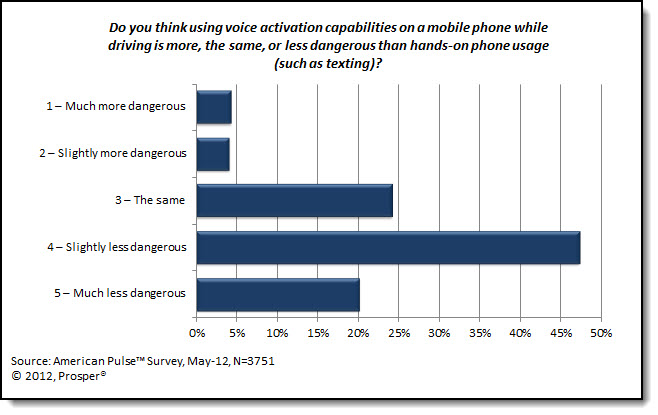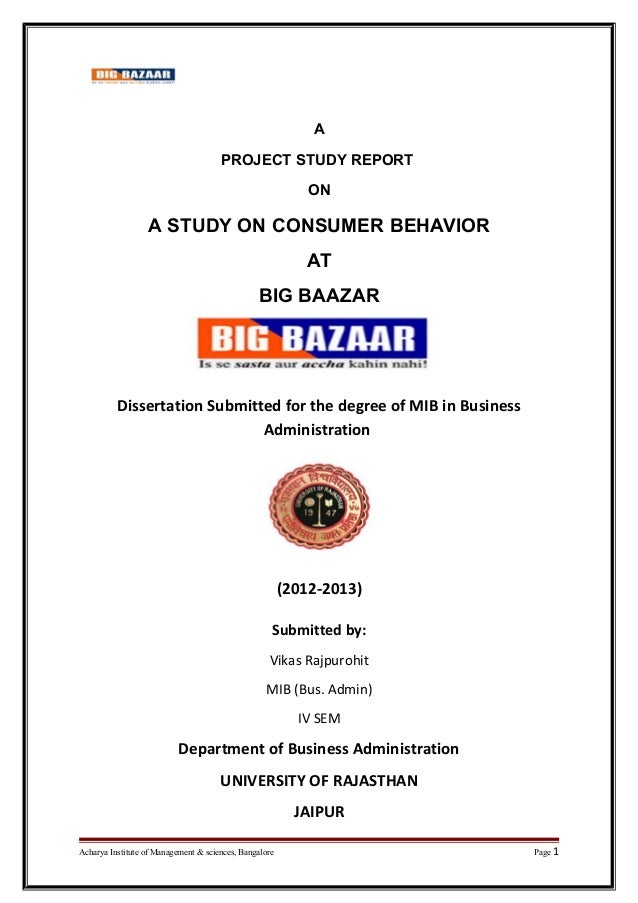Chapter 4 Key Findings and Discussion - Open Access Brunel.
Chapter 1. A Complete Dissertation 7 purpose, or it does not stand alone as a document. Chapter 2: Literature Review This chapter situates the study in the con-text of previous research and scholarly mate - rial pertaining to the topic, presents a critical synthesis of empirical literature according to relevant themes or variables, justifies how.
The findings chapter is likely to comprise the majority of your paper. It can be up to 40% of the total word count within your dissertation writing.This is a huge chunk of information, so it's essential that it is clearly organised and that the reader knows what is supposed to be happening.

CHAPTER 4 QUALITATIVE DATA ANALYSIS 4.1 INTRODUCTION In this chapter, I describe the qualitative analysis of the data, including the practical steps involved in the analysis. A quantitative analysis of the data follows in Chapter 5. In the qualitative phase, I analyzed the data into generative themes, which will be described individually. I describe how the themes overlap. I link the findings.

Chapter 4 Key Findings and Discussion This chapter presents principal findings from the primary research. The findings can be divided into two groups: qualitative and quantitative results. Figure 4.1 illustrates how these two types of results are integrated. According to this figure, the qualitative results, namely methods to balance all contributions, overcome the creative boundaries and.

Dissertation discussion is the chapter where you explore the relevance, significance and meanings of your findings - giving you the opportunity to showcase your talents in terms of describing and analyzing results of your study. Here you will be expected to demonstrate how your research findings answer the research questions established or test.

Presenting Findings (Qualitative) Topic 1: Chapter 4. How do you present your findings (qualitative)? When crafting your findings, the first thing you want to think about is how you will organize your findings. Your findings represent the story you are going to tell in response to the research questions you have answered. Thus, you will want to organize that story in a way that makes sense to.

Chapter 1 Introduction (broad overview of the research) Chapter 2 Review of the literature (and conceptual framework) Chapter 3 Methodology Chapter 4 Results or Findings Chapter 5 Interpretations, Conclusions, and Recommendations References Appendices Dissertation proposals should include the elements normally found in Chapters 1, 2, 3, and the.

CHAPTER FOUR Qualitative Research 39 R esearch methods that delve deeply into experiences, social processes, and subcultures are referred to as qualitative research. As a group, qualitative research methods: Recognize that ever y individual is situated in an unfolding life context, that is, a set of circumstances, values, and influences Respect the meanings each individual assigns to what.

Writing a Qualitative Dissertation. It is based on Qualitative Research Method which is regarded as a technique that lays emphasis on understanding and illustrating multifarious observable facts relating to the study of associating designs and structures amongst variable reasons. It is in the context in which developments take place with emphasis on contemplating a complete multi-faceted.

The purposes of this dissertation research were to understand the methods by which building-level school administrators collect office discipline referral data, and to understand the ways they make decisions based on that data. In order to achieve this overall objective, the following research questions framed this study: 1. To what extent do.

This page and the next, on reporting and discussing your findings, deal with the core of the thesis. In a traditional doctoral thesis, this will consist of a number of chapters where you present the data that forms the basis of your investigation, shaped by the way you have thought about it. In a thesis including publication, it will be the central section of an article.

The chapter should reveal the “answers” to your research questions and reflect the design you put forward in Chapter 2. It should also align to the purpose of the study you offered in Chapter 1 as well as demonstrate why the study was important to conduct in the first place. Your findings or results should connect to your literature review and especially your conceptual framework. In some.

Chapter 2: Research methodology Page 20 of 216 Step 6: Prepare the report. As a final step, findings and analysis were compiled into this thesis as the report. 4. Research paradigm. IS research typically consists of research that is positivist, interpretivist or critical (Chau, 1986: 601-632). The choice of research paradigm is influenced by.



